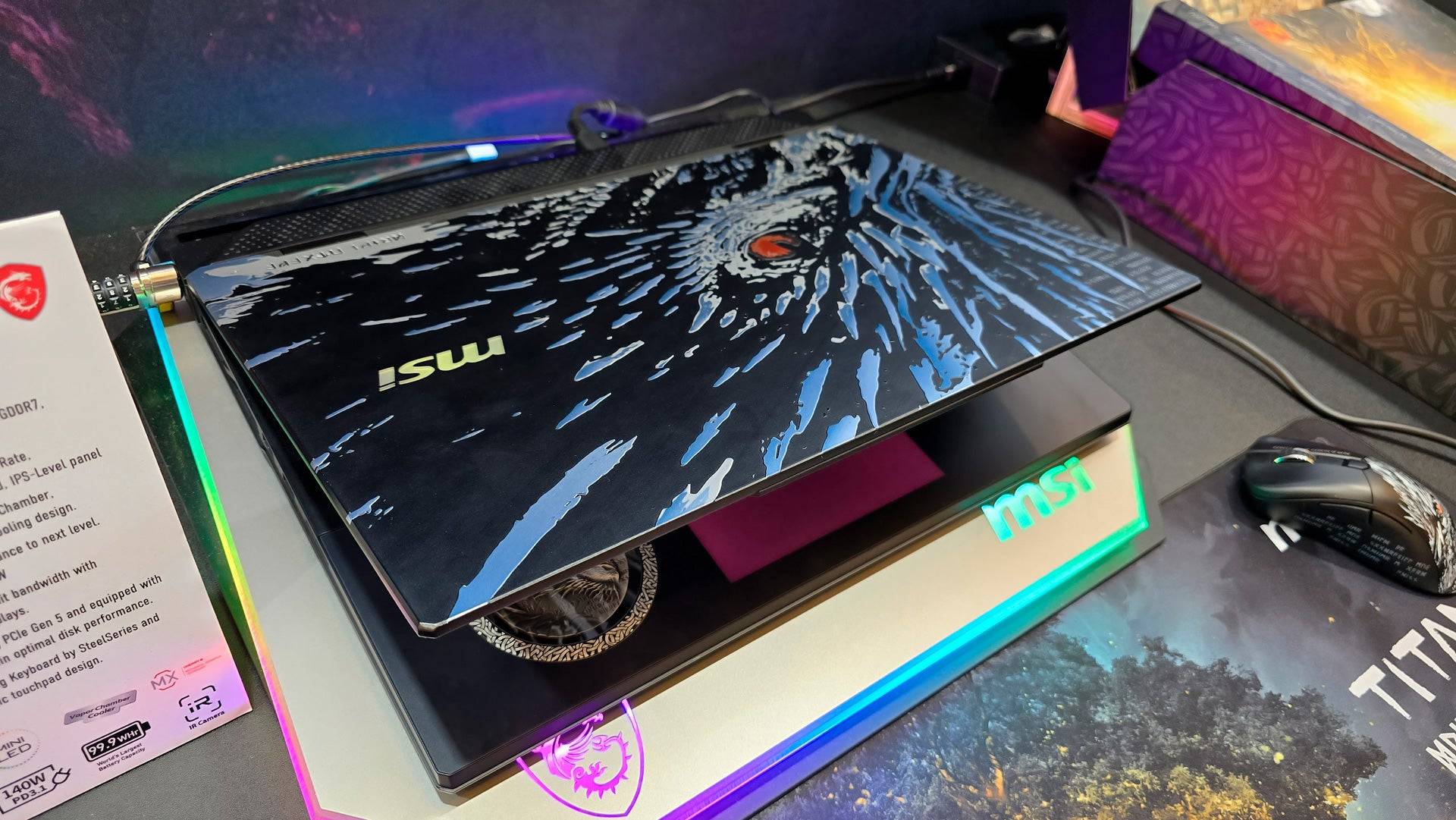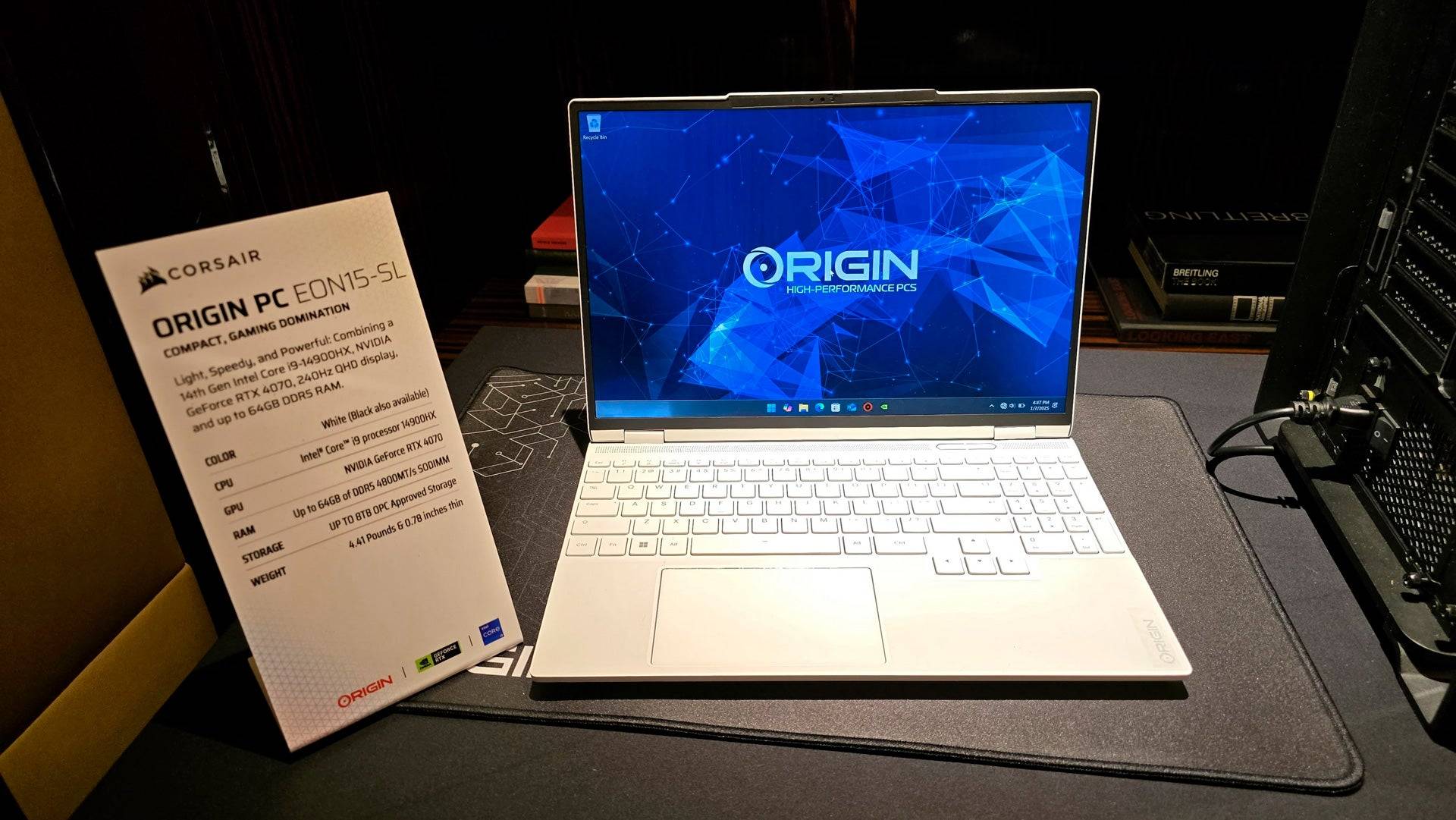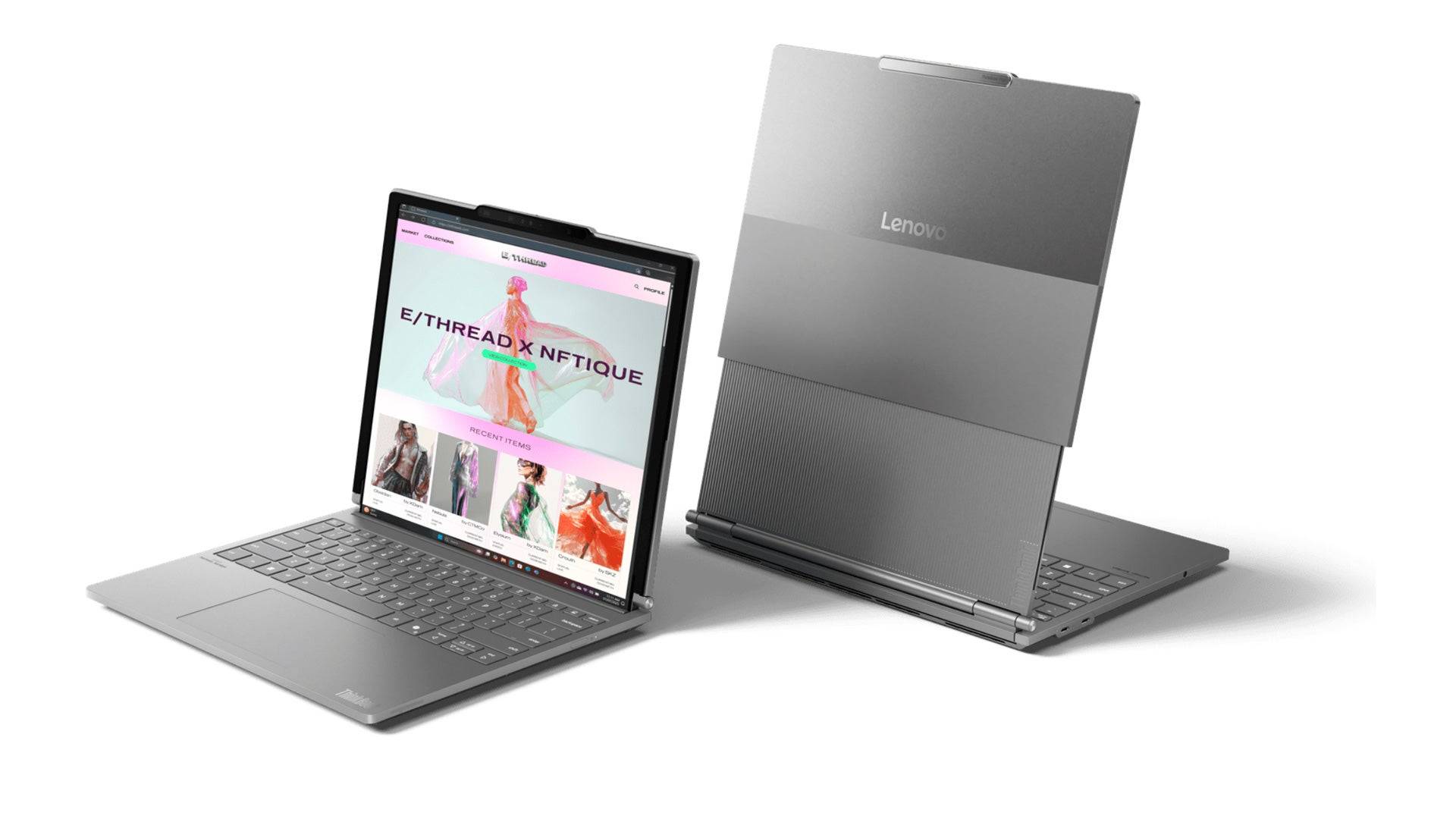CES 2025 Unveils Latest Gaming Laptop Trends
CES never disappoints when it comes to showcasing the latest in laptops, and this year's event was no different. I thoroughly explored the show floor, along with numerous packed suites and showrooms, to identify the key trends shaping gaming laptops in 2025. Here are the prominent themes that stood out in this year's gaming laptop innovations.
A Huge Diversity of Designs
Gaming laptops have traditionally showcased a diverse range of styles, but 2025's offerings felt particularly distinctive. This year, brands like Gigabyte and MSI are pushing the boundaries between productivity and gaming, suggesting that high-end gaming laptops need to offer something beyond just hardware performance.
You can expect an even broader range of gaming laptops this year. Models like the Gigabyte Aero series are sleek and elegant, perfect for professional environments, while others, such as the MSI Titan 18 HX AI Dragonforged Edition, feature bold graphics on their lids to showcase their gaming prowess.
 RGB lighting remains a staple in many gaming laptops, with innovative designs like wrap-around lighting rings, illuminated mechanical keyboards, side-lights, rear-lights, and trackpad lights. The Asus ROG Strix Scar series particularly impressed with its AniME Dot Matrix LED display, which can show text, animations, and more across white LEDs on its lid.
RGB lighting remains a staple in many gaming laptops, with innovative designs like wrap-around lighting rings, illuminated mechanical keyboards, side-lights, rear-lights, and trackpad lights. The Asus ROG Strix Scar series particularly impressed with its AniME Dot Matrix LED display, which can show text, animations, and more across white LEDs on its lid.
While there isn't much reinvention in this category, anticipate a mix of traditional heavyweights and sleek, lightweight options, all featuring a wide array of hardware specifications.
 AI Assistants are Coming
AI Assistants are Coming
Last year, AI was touted as a selling point for laptops, but the integrations often fell short. This year, multiple vendors showcased AI Assistants designed to control your PC without needing to open software manually.
For instance, an MSI representative demonstrated how their chatbot could adjust performance settings to match the intensity of a desired game, simply by understanding the user's request.
I remain skeptical about the effectiveness of these AI assistants. While they're intended to work offline, it's unclear whether they're actually quicker than manually adjusting settings. We'll need to see their real-world performance and capabilities as they roll out.
Mini-LED, Rollable Displays and Other Novelties
Mini-LED technology is making significant strides in the gaming laptop market. Brands like Asus, MSI, and Gigabyte displayed Mini-LED laptops with flagship specs and pricing. These models boast over 1,100 local dimming zones, reducing blooming and enhancing contrast, along with high brightness and vibrant colors. Although OLED still excels in contrast, Mini-LED's advantages include no risk of burn-in and higher sustained brightness, making it a promising technology for future models.
The show also featured some intriguing novelties. The ASUS ROG Flow X13, returning after a year's hiatus, now supports eGPU connectivity via USB4. At the Asus suite, it was paired with a new eGPU featuring up to an RTX 5090, enhancing its gaming capabilities significantly.
 Asus also showcased the Zenbook Duo, a dual-screen productivity laptop, but Lenovo stole the show with the Lenovo ThinkBook Plus Gen 6 Rollable. While not a gaming laptop, it's the first notebook with a rollable OLED display. With a simple button press, its 14-inch screen expands by an additional 2.7 inches. Though the design looks somewhat awkward and raises durability concerns, it's a pioneering product that will likely improve with further development.
Asus also showcased the Zenbook Duo, a dual-screen productivity laptop, but Lenovo stole the show with the Lenovo ThinkBook Plus Gen 6 Rollable. While not a gaming laptop, it's the first notebook with a rollable OLED display. With a simple button press, its 14-inch screen expands by an additional 2.7 inches. Though the design looks somewhat awkward and raises durability concerns, it's a pioneering product that will likely improve with further development.
Ultrabooks Continue to Rise, Even for Gaming
Ultrabooks are increasingly prevalent, even within gaming line-ups. Major manufacturers now offer thin, light, and premium gaming laptops, such as Gigabyte's revamped Aero series, which perfectly embodies the Ultrabook form factor.
This trend makes sense for gamers who don't need to run the latest games at maximum settings. These Ultrabooks offer exceptional portability and productivity while still allowing for gaming. My review of the Asus TUF Gaming A14 last year highlighted how these machines can include dedicated graphics cards without compromising their on-the-go productivity.
 Moreover, with the latest AMD and Intel processors, you can achieve surprisingly good gaming performance even without a dedicated GPU. Technologies like AMD FidelityFX Super Resolution and Intel XeSS, along with frame generation, enable relatively demanding games to run smoothly. This could reduce the necessity for lower-end GPUs like the RTX 4050M.
Moreover, with the latest AMD and Intel processors, you can achieve surprisingly good gaming performance even without a dedicated GPU. Technologies like AMD FidelityFX Super Resolution and Intel XeSS, along with frame generation, enable relatively demanding games to run smoothly. This could reduce the necessity for lower-end GPUs like the RTX 4050M.
Cloud gaming services like Xbox Cloud Gaming and Nvidia GeForce Now also provide a viable option for these machines, allowing for a great gaming experience without the need for a dedicated gaming laptop.
The world of gaming laptops is brimming with exciting developments, and we'll continue to cover them throughout the year. What trends caught your eye? Share your thoughts in the comments below!































